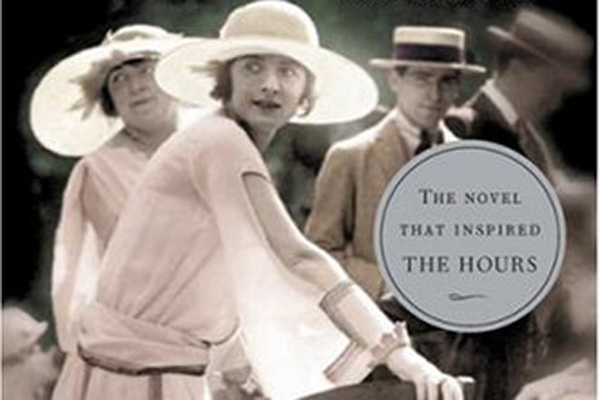Mrs Dalloway
by Virginia Woolf
If Mrs Dalloway is at its heart a portrait of a character, it’s a portrait done in the spirit of Clarissa Dalloway’s own declaration that “to know her, or anyone, one must seek out the people who completed them; even the places […] our apparitions, the part of us which appears, are so momentary compared with the other, the unseen part of us, which spreads wide.” Woolf’s exploration of Clarissa Dalloway reaches well back into Clarissa’s past via both her and her friends’ memories, and reaches out from Clarissa herself to her friends, her enemies, her employees, to people she passes in the street, all the way to Septimus Warren Smith, a shellshocked ex-World War I soldier who seems to have nothing to do with Clarissa whatsoever.
The six-degrees-of-separation vibe that runs throughout the novel is made possible through Woolf’s incredibly deft writing. Somehow, she moves us from one character’s mind to another, from the present to the past, from reality to memory to fantasy, in an amazingly seamless way, never jolting us out of the world of the story with a clumsy or awkward transition. The fluidity of her stream-of-consciousness style (which this book helped to pioneer) makes you feel as if you’re some kind of friendly ghost, sliding into people’s minds, eavesdropping on their thoughts as they think them, then effortlessly sliding out again.
The facility and ease apparent in Woolf’s technique doesn’t mean that her style is necessarily easy to read. Woolf fills her sentences up with complex clauses, making them elaborate and somewhat baroque, and I found myself doubling back to the beginning of many of her sentences and re-reading, just to figure out what was going on and what Woolf was trying to say. The complexity of her sentences makes the novel rich and dense, but also hard to get through. Reading it was like eating a slice of chocolate cake so rich that you can’t gobble it down in one go; you have to take it one small, slowly savoured bite at a time.
So much is going on thematically beneath the surface of the words and plot that Mrs Dalloway is also impossible to fully appreciate on a first reading. But every great album or painting or piece of art is deep enough that you are rewarded with more every time you go back and re-experience it. Mrs Dalloway is no different. Full to the brim with imagination, electric with metaphor, and soaked in curiosity and love for humanity, Mrs Dalloway has untold depths to plunge into, and each dive in – each re-read, and this novel deserves many re-reads – will yield to you new and unexpected treasure, every time.



